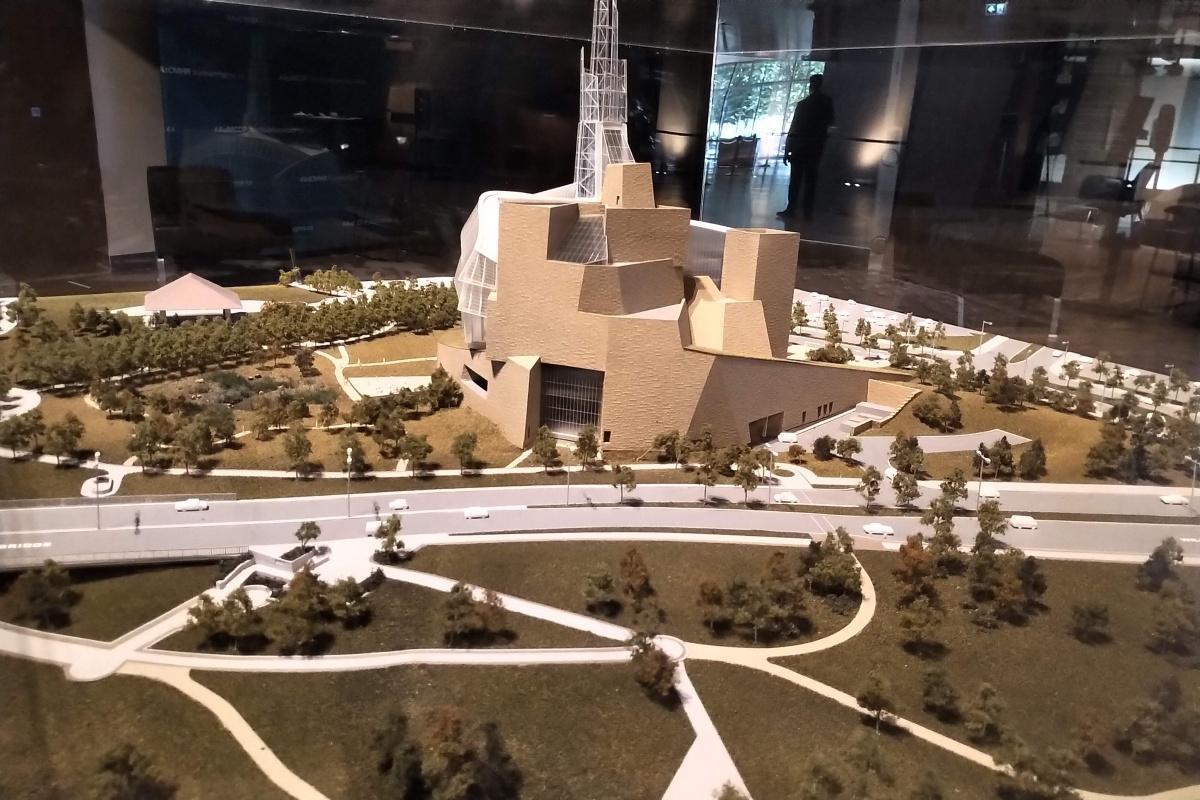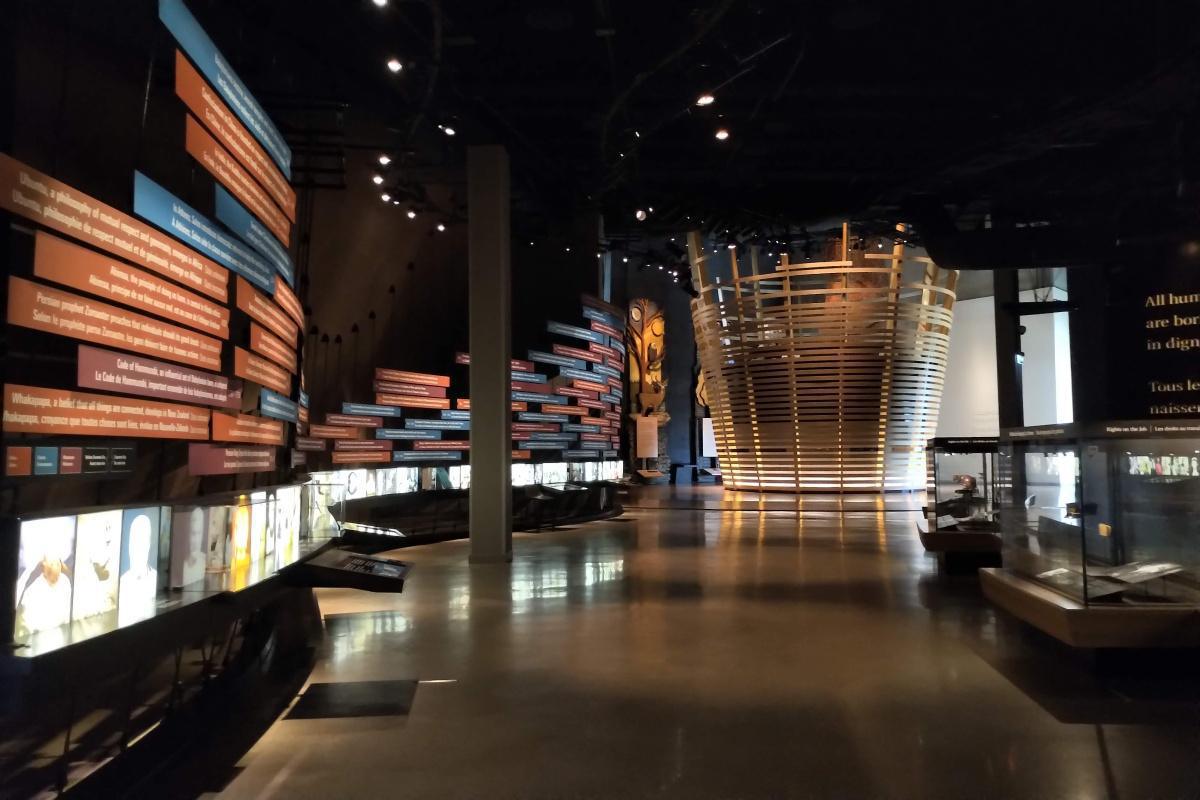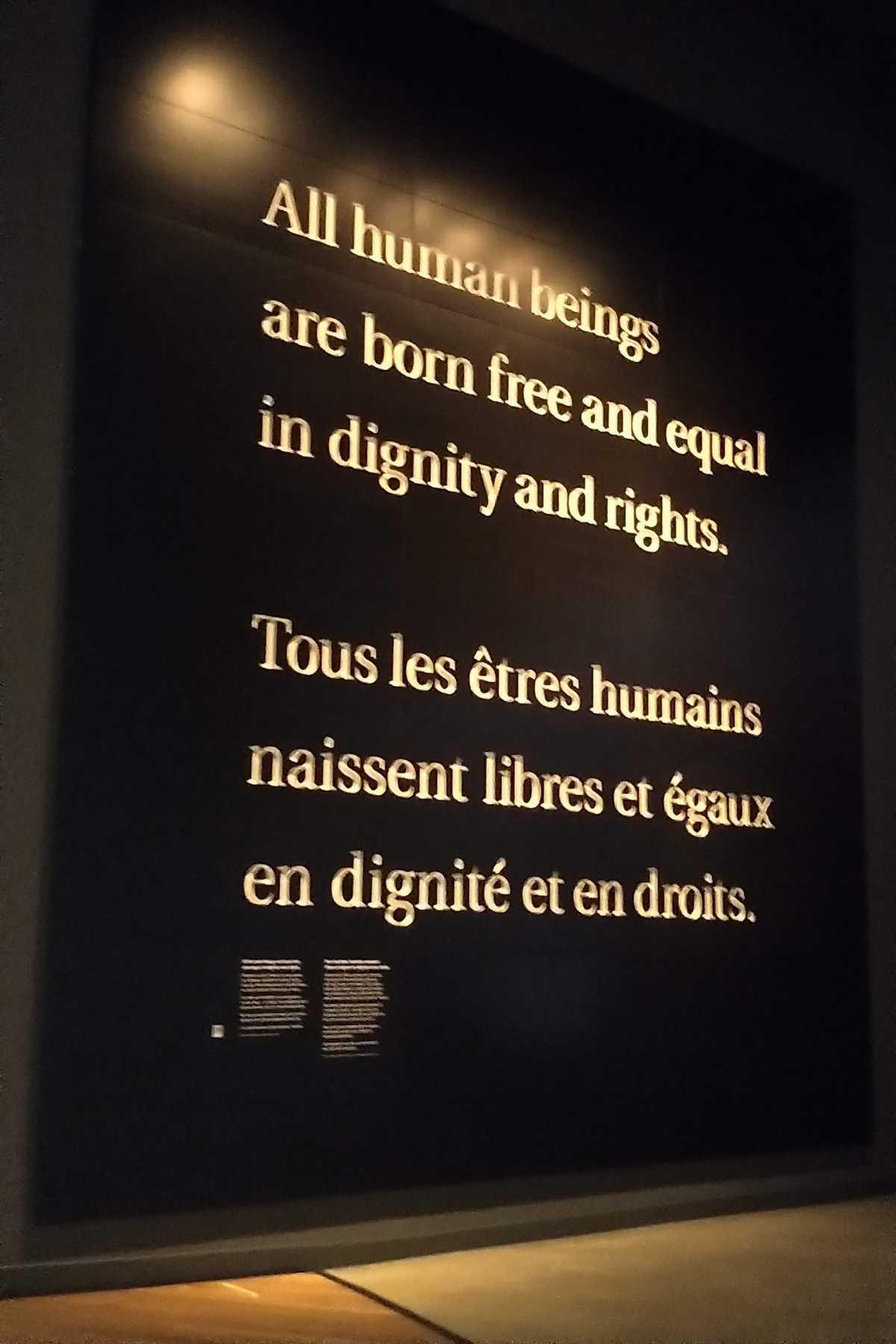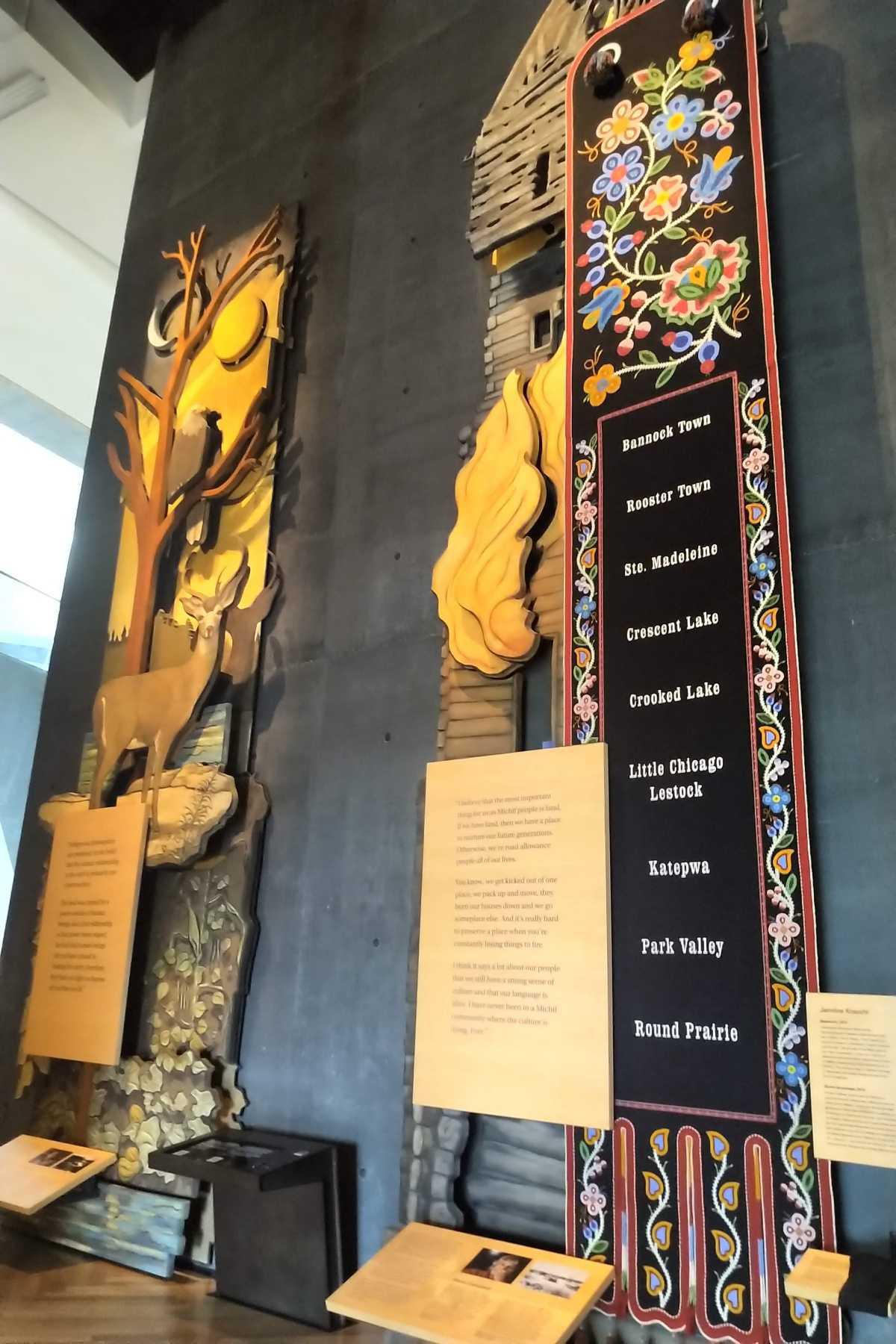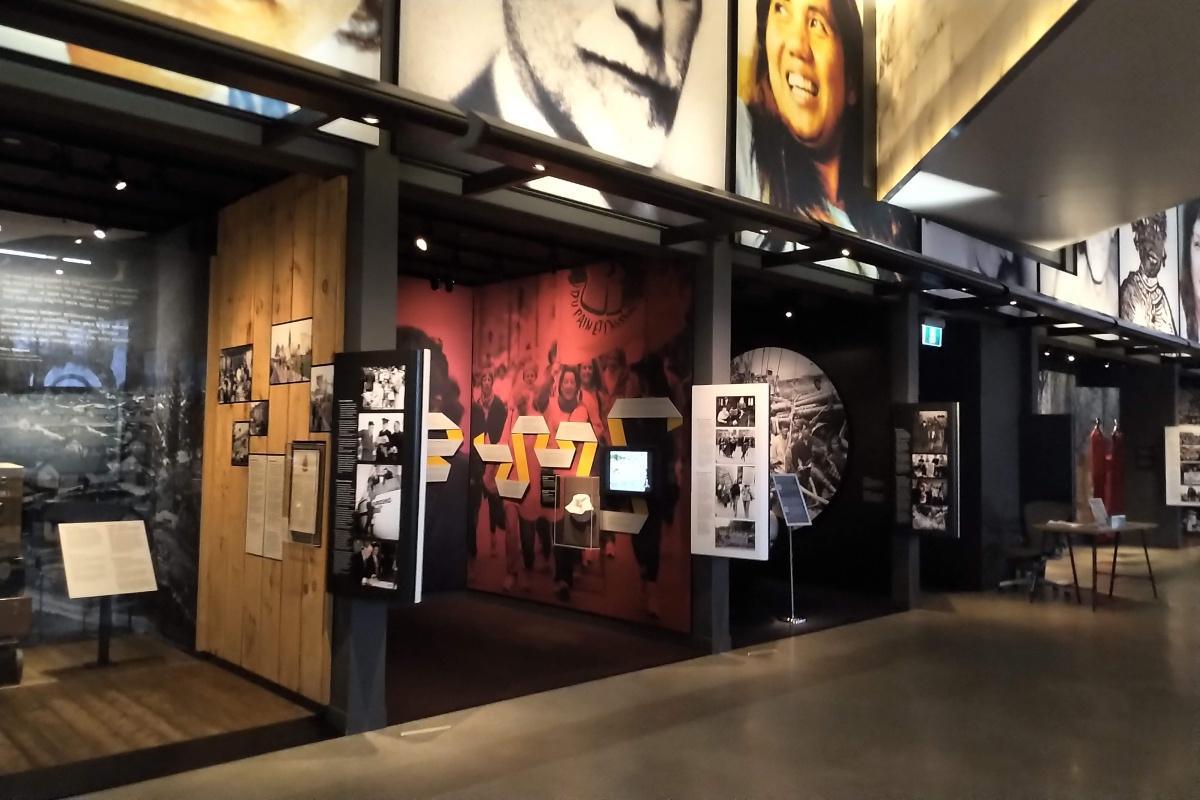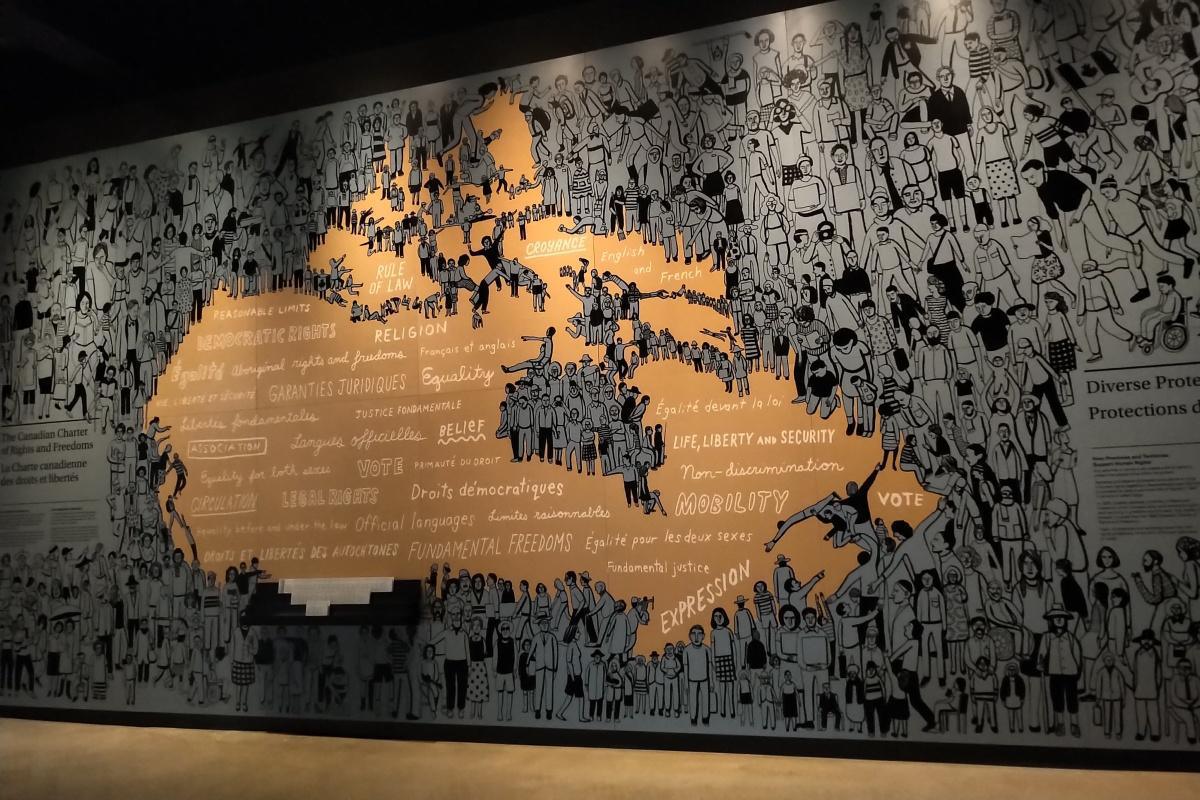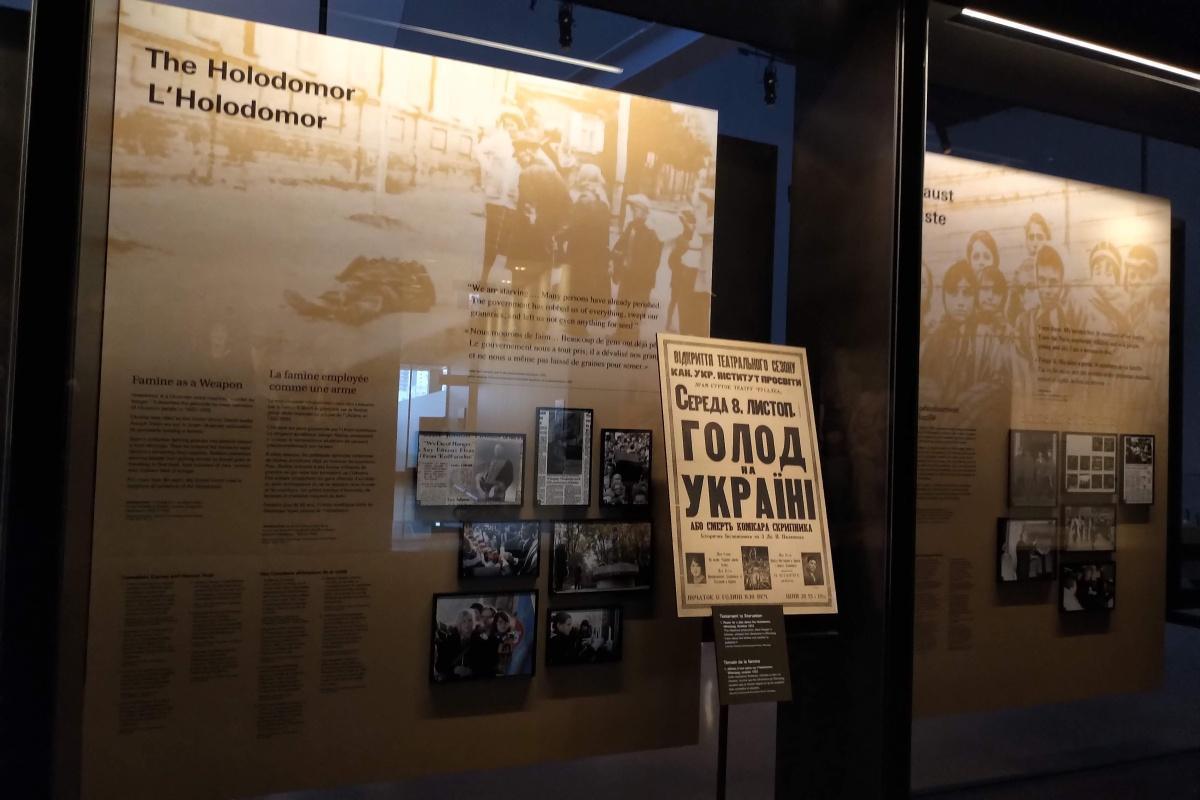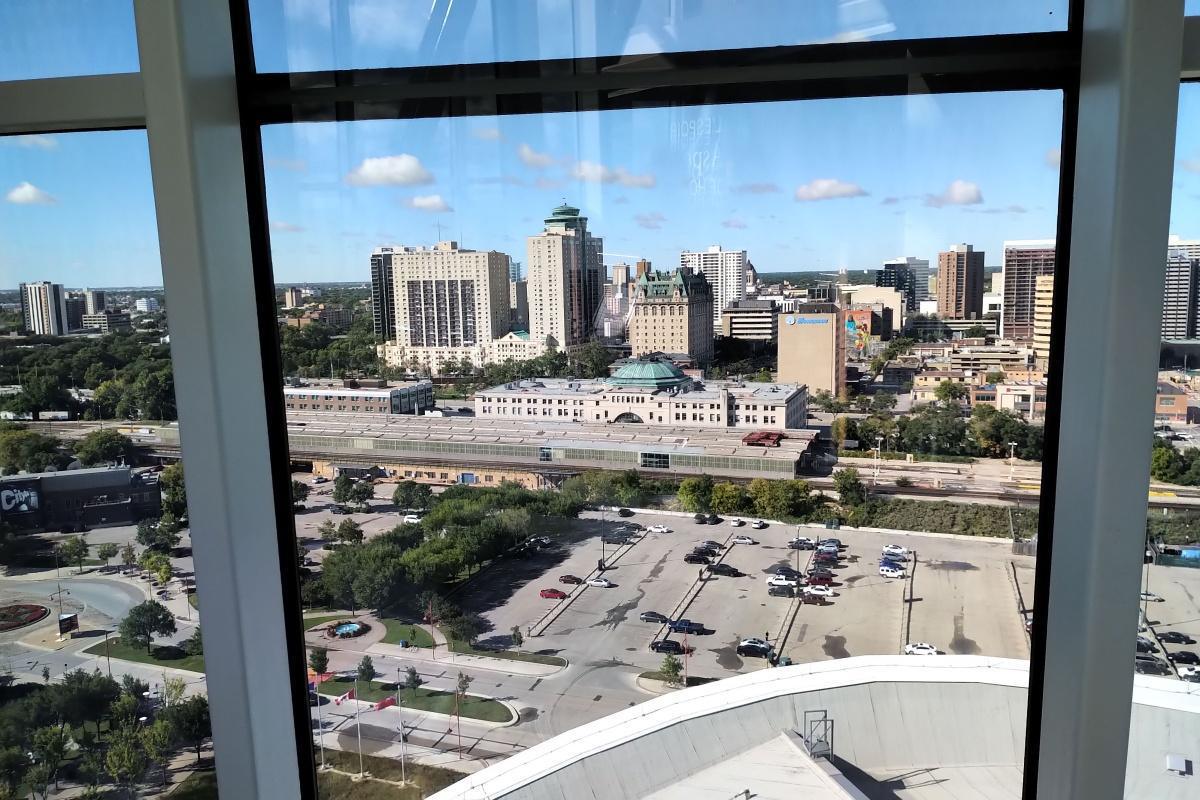Winnipeg is the homeland of our boss. It's also where our parent company is based. So, after four years of being a Buff Boy with a loose connection to the city, I decided it was time to visit.
So, what did I know about Winnipeg before meeting our Canadian colleagues? The Winnipeg Jets. That's about it! I'd heard of the hockey team. Now, I know so much more.
Nestled in this vibrant city is a place that transcends the geographical, a place that speaks to the core of what it means to be human: the Canadian Museum for Human Rights (CMHR). As an avid traveler with a keen interest in history and social justice, a visit to this museum was high on my list, and let me tell you, it didn't disappoint.
From the moment I caught sight of the museum's architecture, I was captivated. The building itself is a work of art. Designed by American architect Antoine Predock, it's a soaring structure of architectural marvels, with a central tower that pierces the Winnipeg skyline. The alabaster-clad rampways and walkways that wind upwards throughout the building are meant to symbolize a journey, a slow ascent toward understanding and reflection. And that's exactly what it felt like: a journey. There's even a model of the building as soon as you enter.
My experience began in the Level 1 galleries, dedicated to the themes of Indigenous perspectives and the history of human rights. Learning about the struggles and resilience of Indigenous peoples in Canada, through their stories, artwork and historical artifacts, was both humbling and deeply moving.
The museum doesn't shy away from difficult truths, confronting the legacy of residential schools and the ongoing fight for self-determination. This honesty, this willingness to acknowledge past wrongs, is what sets the CMHR apart. It's not a comfortable experience, but it's a necessary one.
As I ascended through the levels, each gallery delved into different aspects of human rights. Level 2 focused on the Canadian Journey, showcasing the historical evolution of human rights within the country. I found myself particularly engrossed in the displays detailing women's suffrage, the fight for LGBT rights, and the ongoing struggle for racial equality in Canada. It was striking to see how far we've come, and how much work still needs to be done. (I won't even get into the point of being an American in these times and witnessing the displays at the museum.)
The museum's use of interactive exhibits is truly impressive. Touchscreen displays, video testimonials and multimedia presentations bring the stories to life. I spent a considerable amount of time exploring the Level 3 galleries dedicated to the Holocaust. The sheer scale of the tragedy, the systematic dehumanization of individuals, was devastating. But even in the face of such horror, the museum highlights stories of resistance, resilience and the unwavering spirit of hope that persisted.
If you're planning a trip to Winnipeg, make sure to add the Canadian Museum for Human Rights to your itinerary. It's an experience that will stay with you long after you've left. It's a necessary reminder of our shared humanity and a testament to the power of individuals to make a difference. It’s a journey through our shared past, present and a hopeful glimpse into our future. And it is a journey worth taking.
Moving up to Level 4, I found myself confronted with the issues of genocide, from Rwanda to Cambodia. The museum's presentation here is unflinching, yet it emphasizes the importance of remembrance and the need to prevent such atrocities from happening again. The displays are designed to encourage reflection, prompting visitors to consider their own role in promoting human rights.
One of the most powerful experiences was visiting the Israel Asper Tower of Hope, a 100-meter-high observation deck. The panoramic views of Winnipeg were breathtaking, but the true impact came from the symbolism. The tower represents the hope for a better future, a future where human rights are respected and protected for all. As I stood there, looking out over the city, I felt a renewed sense of purpose, a commitment to being an advocate for justice in my own life.
The CMHR is not just a museum; it's a call to action. It’s a place where you can't help but feel inspired. It's a reminder that human rights are not merely abstract concepts, but fundamental to our shared humanity. The museum's design encourages reflection, prompting you to consider your own role in promoting social justice.
The day I spent at the museum went by in a blur. I could have easily spent another day or two exploring all the galleries and exhibits. Leaving the museum, I felt a wave of emotions – sadness, anger, but also hope. I left with a deeper understanding of the struggles faced by people around the world and a renewed commitment to stand up for what is right.

